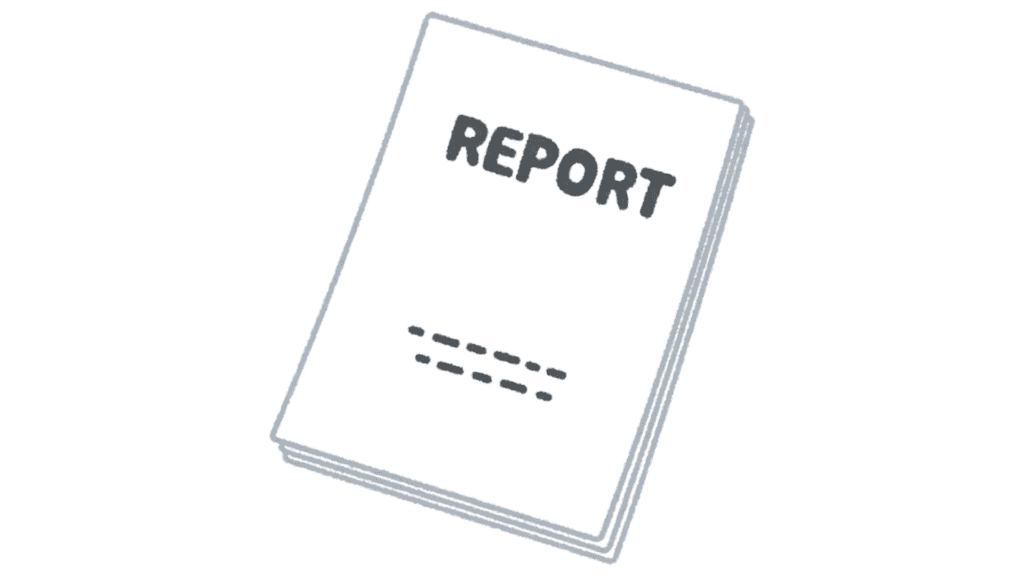Your Guide to Beneficial Ownership Information Reporting

Ever try to figure out who actually owns a company? It’s like trying to solve a puzzle where half the pieces are hidden and the rest are in different languages.
Let’s break down the essential aspects of beneficial ownership information reporting. without the legal jargon giving us all a headache.
Ownership Reporting Basics
First up – what’s this all about?
The government wants to know who really owns companies because:
- Money laundering is bad
- Hidden ownership is sketchy
- Transparency matters
Think of it like a family tree for your business, but with more paperwork.
Who Needs to Report
Here’s who needs to care about this:
- Corporations (the obvious ones)
- LLCs (yes, even small ones)
- Partnerships (with some exceptions)
- Ownership structure diagram (if this was a real image, it would show reporting requirements by business type, including the necessary steps for fincen reporting).
Reporting How-To
After researching this article, here’s what actually matters:
The Must-Include Info:
- Owner names
- Addresses
- Control percentages
- Nationality
Common Problems
Let’s talk about what makes people pull their hair out:
The Tricky Parts:
- Finding all the owners
- Getting people to share info
- Dealing with multiple countries
- Keeping it updated
Best Record Keeping
Here’s how to not mess this up:
Smart Moves:
- Regular updates
- Clear documentation (not sticky notes)
- Secure storage (please no shoe boxes)
- Process for changes
In summary Beneficial ownership reporting isn’t fun, but it’s better than dealing with angry regulators.
What We Know:
- Government wants transparency
- Details matter
- Updates are crucial
What We Don’t Know:
- If rules will get stricter
- What new reporting they’ll want
- Why they make the forms so confusing
